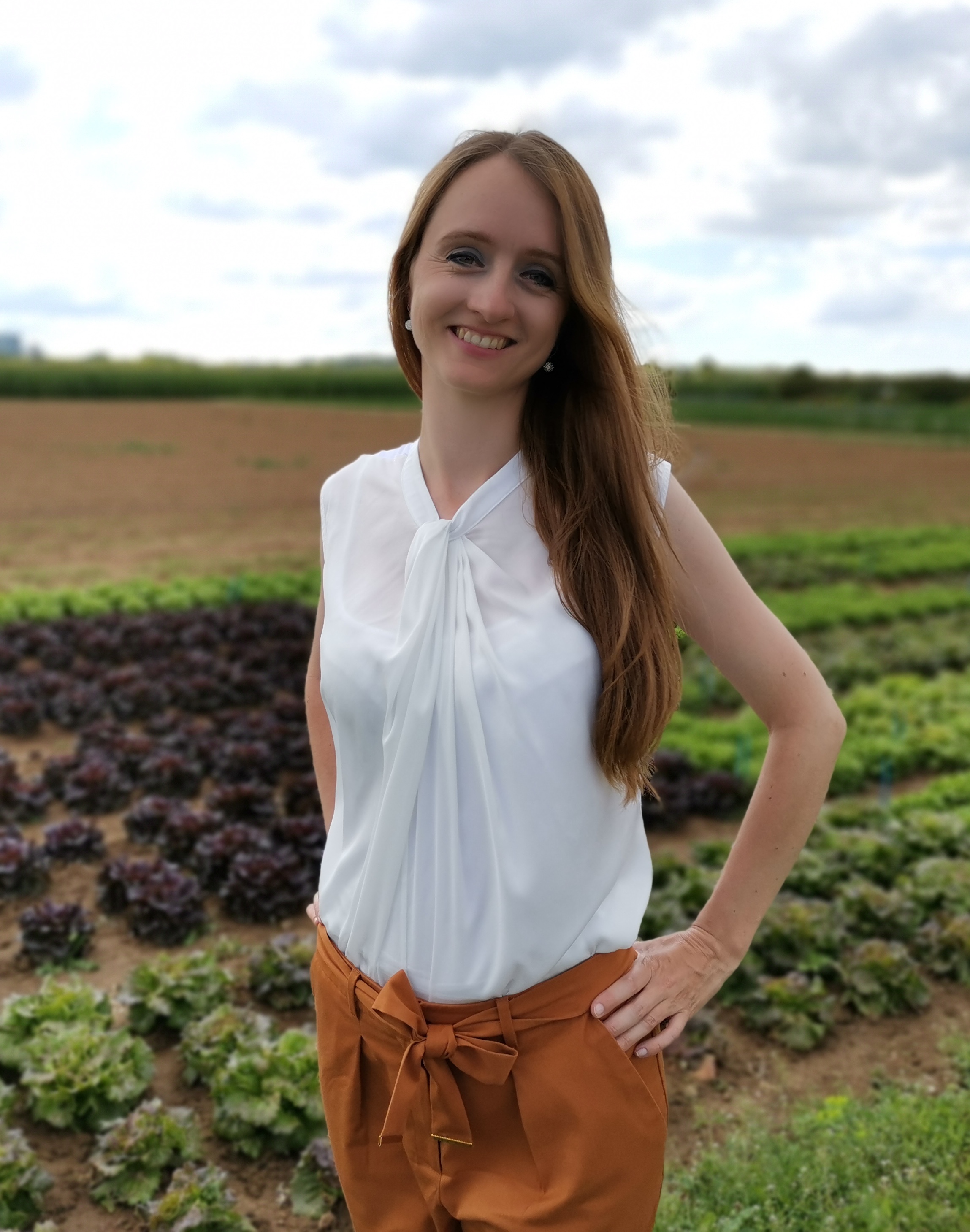Sonja Kersten

PhD Student
Crop Biodiversity and Breeding Informatics Group (350b)
Institute of Plant Breeding, Seed Science and Population Genetics
University of Hohenheim
Fruwirthstr. 21
70599 Stuttgart, Germany
Phone: +49 711 459-24435
Email: Sonja.Kersten@uni-hohenheim.de
Repeated herbicide applications in agriculture have led to the development of herbicide resistance in weeds. My research focuses on the underlying molecular mechanisms and genetic architecture of herbicide resistance in the species Alopecurus myosuroides, which has become a major weed in cereal crops of the temperate climate zone. I am using population genomic approaches in combination with both next-generation and long-read sequencing technologies in local and Europe-wide field populations to gain further insights into the evolutionary dynamics of herbicide resistance.
Research interest
- Herbicide resistance
- Population genetics
- Plant biodiversity and genetic resources
Publications
-
Lang, Patricia L. M., C. L. Weiß, S. Kersten, S. M. Latorre, S. Nagel, B. Nickel, M. Meyer, and H. A. Burbano. 2020. “Hybridization ddRAD‐sequencing for Population Genomics of Nonmodel Plants Using Highly Degraded Historical Specimen DNA.” Molecular Ecology Resources 20 (5): 1228–47. https://onlinelibrary.wiley.com/doi/full/10.1111/1755-0998.13168
-
Karasov, Talia L., M. Neumann, A. Duque-Jaramillo, S. Kersten, et al. 2020. “The Relationship between Microbial Population Size and Disease in the Arabidopsis Thaliana Phyllosphere.” BioRxiv. https://www.biorxiv.org/content/10.1101/828814v2
-
Regalado, Julian, D. S. Lundberg, O. Deusch, S. Kersten, et al. 2020. “Combining Whole-Genome Shotgun Sequencing and rRNA Gene Amplicon Analyses to Improve Detection of Microbe–microbe Interaction Networks in Plant ….” The ISME Journal. https://www.nature.com/articles/s41396-020-0665-8
-
Karasov, Talia L., J. Almario, C. Friedemann, W. Ding, M. Giolai, D. Heavens, S. Kersten, et al. 2018. “Arabidopsis Thaliana and Pseudomonas Pathogens Exhibit Stable Associations over Evolutionary Timescales.” Cell Host & Microbe 24 (1): 168–79.e4. https://www.sciencedirect.com/science/article/pii/S1931312818303238